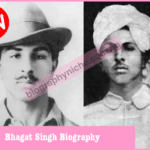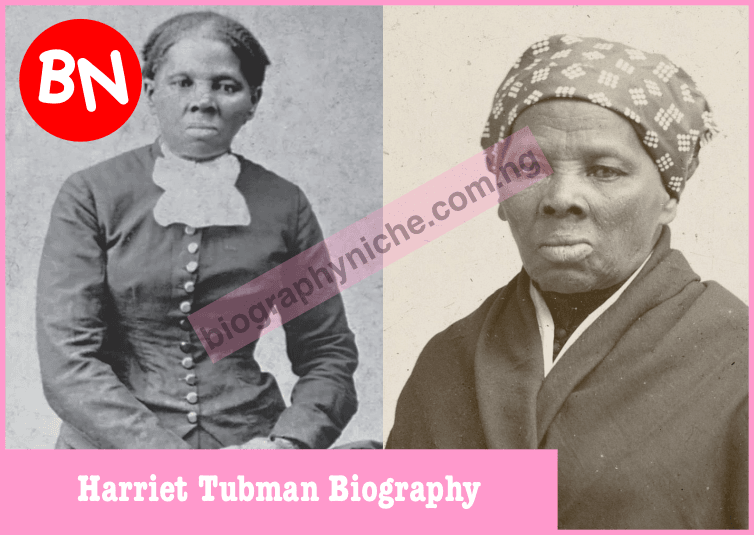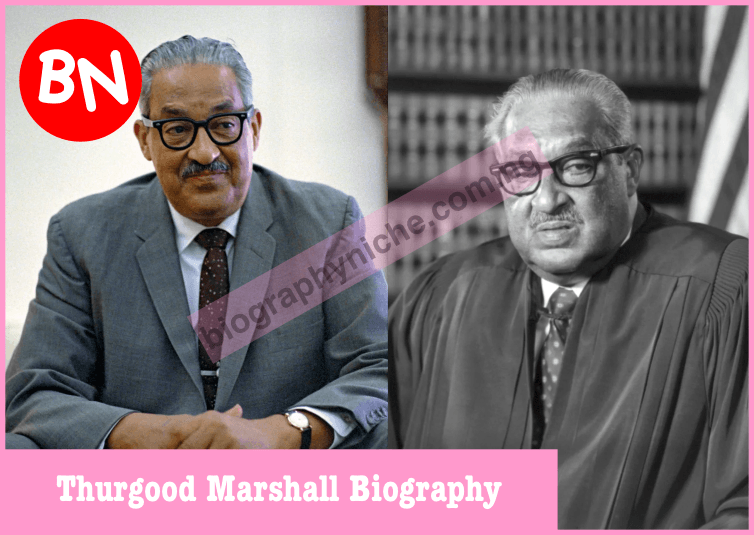George Washington Carver Biography – Discover the life and legacy of George Washington Carver, the brilliant scientist and inventor known for his agricultural innovations. Learn about his net worth, age, famous inventions, education, accomplishments, and interesting facts.
George Washington Carver was an African American scientist, agricultural chemist, and inventor who revolutionized agriculture in the United States. He was born into slavery but overcame numerous obstacles to become one of the most respected scientists of his time. Carver dedicated his life to improving farming techniques, promoting crop diversification, and helping poor farmers achieve economic stability.
Although he is often mistakenly credited with inventing peanut butter, Carver actually developed over 300 uses for peanuts, along with hundreds of other agricultural innovations. His work at Tuskegee Institute helped shape modern agriculture and provided sustainable farming solutions for generations.
This article explores Carver’s early life, education, career achievements, famous inventions, and lasting legacy.
George Washington Carver Biography: Personal Information
| Field | Details |
|---|---|
| Name | George Washington Carver |
| Profession | Scientist, Inventor, Agricultural Chemist, Educator |
| Nationality | American |
| Age | Lived from c. 1864 – January 5, 1943 (approximately 78 years old) |
| High School | Attended multiple schools, including Minneapolis High School, Kansas |
| Education | Iowa State Agricultural College (Now Iowa State University) |
| Accomplishments | Developed 300+ peanut-based products, improved agricultural practices |
| Notable Inventions | Peanut oil, crop rotation methods, synthetic rubber from sweet potatoes |
| Famous Quotes | “Education is the key to unlock the golden door of freedom.” |
| Net Worth | No recorded wealth; donated most of his money to scientific research |
Key Takeaways
- George Washington Carver was born into slavery but became a world-renowned scientist and agricultural chemist.
- He is known for developing over 300 peanut-based products and promoting crop rotation to improve soil quality.
- Carver’s work helped poor farmers find alternative crops to cotton, preventing soil depletion.
- Despite his fame, he lived a modest life and never patented most of his inventions, choosing instead to share knowledge freely.
- He did not invent peanut butter, but he found numerous other uses for peanuts, including dyes, paints, and soap.
- Carver’s legacy lives on through scholarships, museums, and institutions that honor his contributions to science and education.
Early Life and Education
George Washington Carver was born into slavery around 1864 in Diamond, Missouri. His exact birth date remains unknown. After the abolition of slavery, Carver and his brother were raised by Moses and Susan Carver, their former owners. Although they were technically free, African Americans at the time had little access to education.
Determined to learn, young Carver traveled miles on foot to attend segregated schools. He later enrolled at Minneapolis High School in Kansas, before being accepted into Simpson College in Indianola, Iowa, where he initially studied art. Encouraged by his professors, he switched to agriculture at Iowa State Agricultural College, becoming the first Black student at the institution.
Carver earned both a bachelor’s and master’s degree in agricultural science. His groundbreaking research caught the attention of Booker T. Washington, who invited him to teach at Tuskegee Institute, where he remained for over 40 years.
 Early Life, Family,
Early Life, Family, 



 Relationship, State of Origin,
Relationship, State of Origin, 






